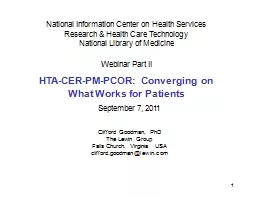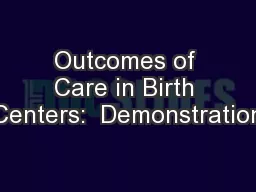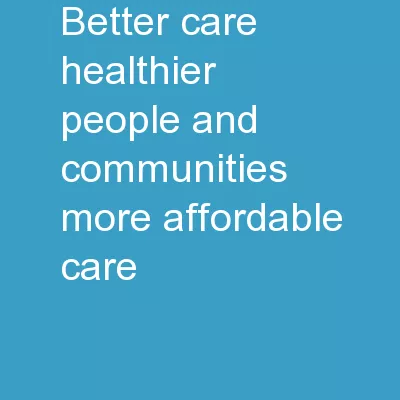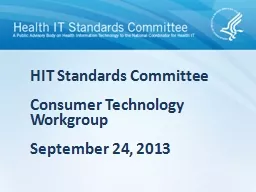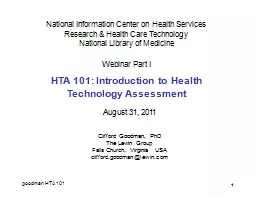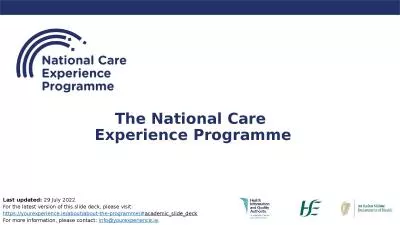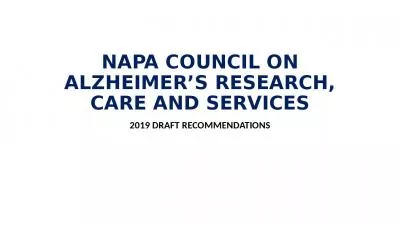PPT-1 National Information Center on Health Services Research & Health Care Technology
Author : marina-yarberry | Published Date : 2018-12-05
National Library of Medicine Webinar Part II HTACERPMPCOR Converging on What Works for Patients September 7 2011 Clifford Goodman PhD The Lewin Group Falls Church
Presentation Embed Code
Download Presentation
Download Presentation The PPT/PDF document "1 National Information Center on Healt..." is the property of its rightful owner. Permission is granted to download and print the materials on this website for personal, non-commercial use only, and to display it on your personal computer provided you do not modify the materials and that you retain all copyright notices contained in the materials. By downloading content from our website, you accept the terms of this agreement.
1 National Information Center on Health Services Research & Health Care Technology: Transcript
Download Rules Of Document
"1 National Information Center on Health Services Research & Health Care Technology"The content belongs to its owner. You may download and print it for personal use, without modification, and keep all copyright notices. By downloading, you agree to these terms.
Related Documents

